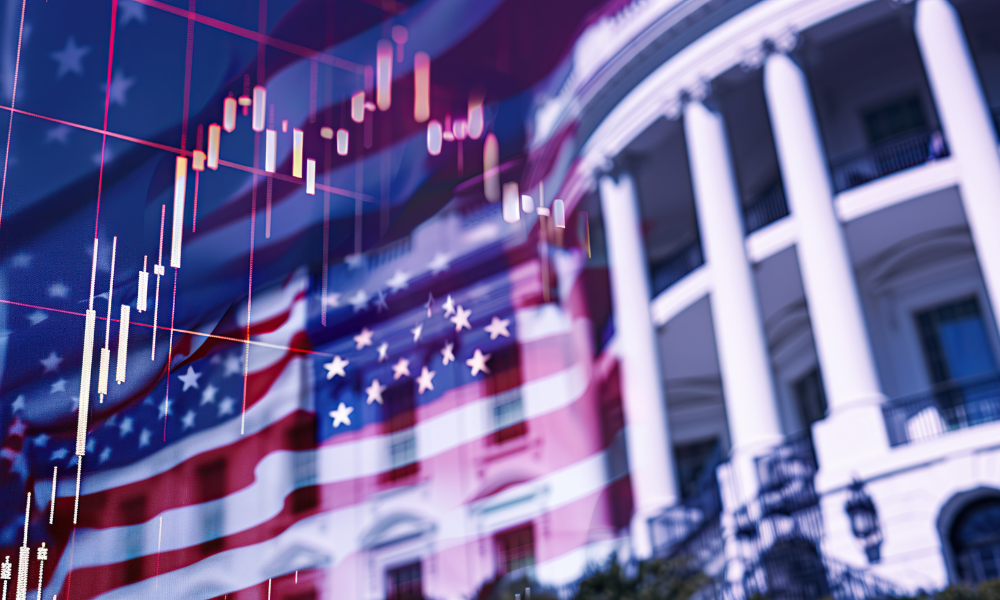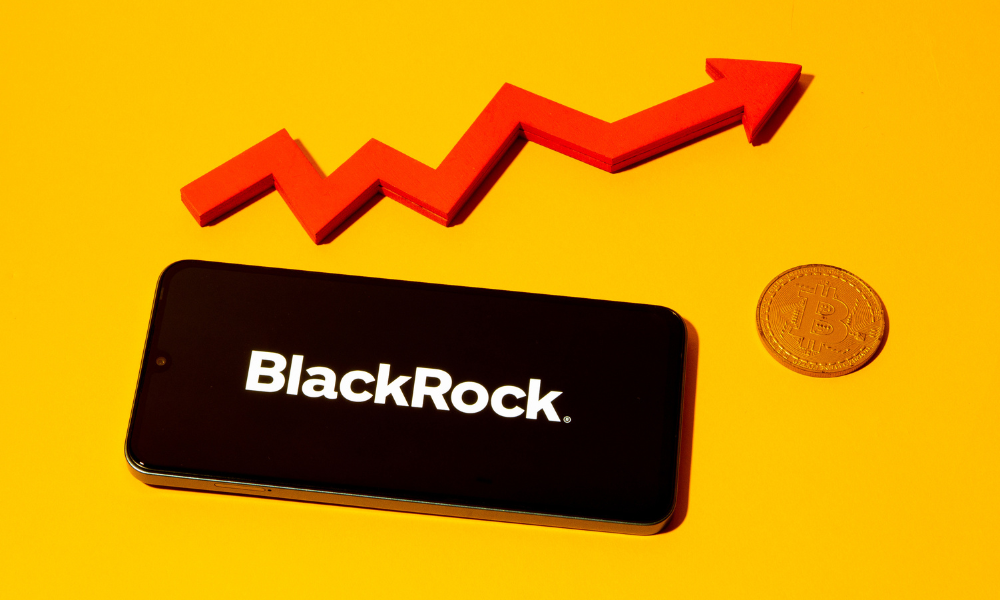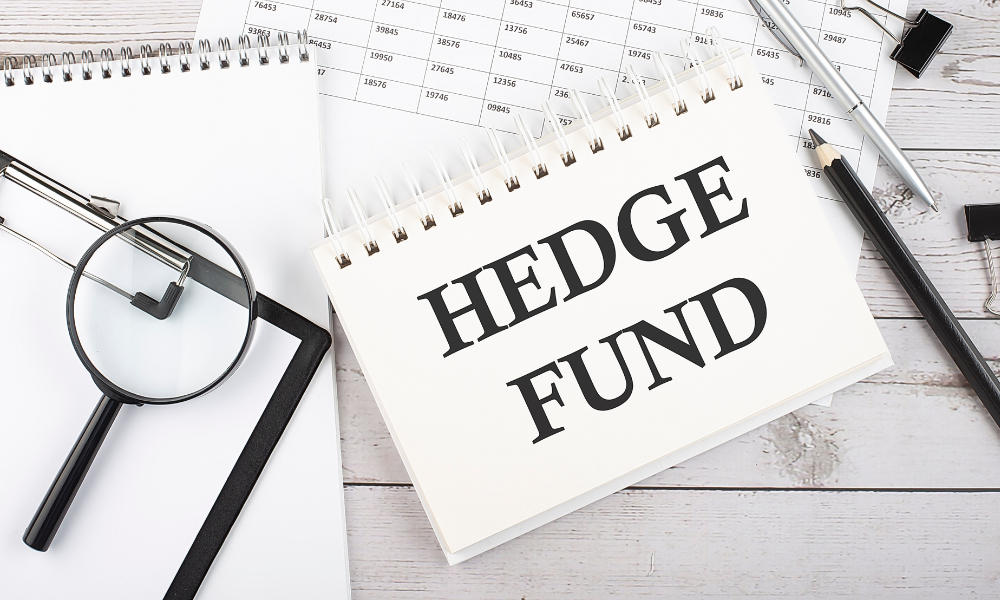Consumer spending and exports drive resilient US economy, despite slowed business investment

The American economy expanded at an annual rate of 2.8 percent from July to September, driven by robust consumer spending and a surge in exports, according to the US Commerce Department.
This figure, unchanged from the initial estimate, underscores the resilience of the world's largest economy, as reported by BNN Bloomberg.
Gross domestic product (GDP), which measures the economy’s output of goods and services, slowed from a 3 percent growth rate in the April-June period.
Despite the slowdown, growth has exceeded 2 percent in eight of the last nine quarters, demonstrating the US economy’s underlying strength.
The GDP report highlighted a key category that reflects economic strength — encompassing consumer spending and private investment but excluding volatile elements like exports and government spending.
This category grew at a 3.2 percent annual rate in the third quarter, up from 2.7 percent in the previous quarter.
Consumer spending, which constitutes 70 percent of U.S. economic activity, accelerated to a 3.5 percent annual pace last quarter, the fastest since the fourth quarter of 2023. Exports, growing at a 7.5 percent annual rate, also contributed significantly to the quarter’s performance.
However, both figures were slightly lower than the initial estimates.
Business investment showed mixed results. While spending on equipment surged, investments in housing and non-residential buildings, including offices and warehouses, dropped sharply.
The economic landscape will soon shift with the inauguration of President-elect Donald Trump next month. Trump, supported by Republican majorities in both the House and Senate, has promised an economic overhaul.
On Monday, he pledged to impose new import taxes on goods from China, Mexico, and Canada. Many mainstream economists view these proposed tariffs as inflationary, warning that U.S. importers would likely pass the higher costs to consumers.
The broader economic indicators paint a relatively healthy picture. The unemployment rate stands at 4.1 percent. Inflation, which reached a four-decade high of 9.1 percent in June 2022, has fallen to 2.6 percent.
Although this remains above the Federal Reserve’s 2 percent target, the central bank has responded by cutting its benchmark interest rate in both September and November. Another rate cut is anticipated in December.
The report contained promising inflation data. The personal consumption expenditures (PCE) index — the Federal Reserve's preferred inflation gauge — rose at a 1.5 percent annual pace last quarter, down from 2.5 percent in the second quarter.
Core PCE inflation, which excludes volatile food and energy prices, slowed to 2.1 percent from 2.8 percent in the prior quarter.
Despite these improvements, inflation remains a burden. Prices are approximately 20 percent higher than they were in February 2021, just before inflation began to rise significantly.
The Commerce Department is scheduled to release the final report on third-quarter GDP on December 19.



